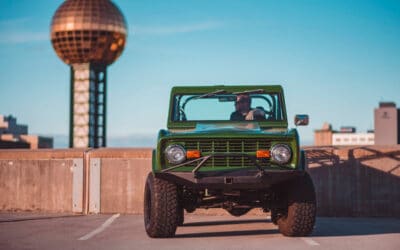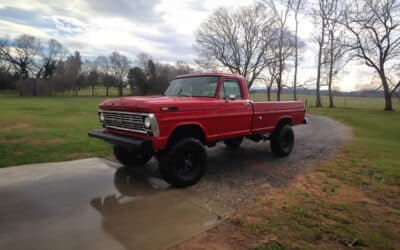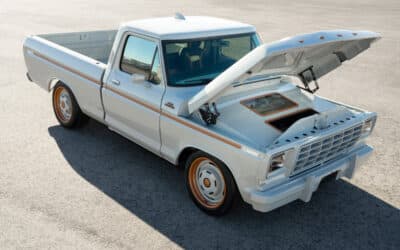Imagine a world where cars could tell their own tales – of high-speed chases, dramatic getaways, and sometimes, a fiery finale. Welcome to the cinematic universe of classic cars in movies, where these mechanical marvels are more than just modes of transport; they’re icons, heroes, and sometimes, the unsung villains.
They’ve revved through our screens, leaving behind a trail of awe, nostalgia, and sometimes, heartbreak. In this journey through reel and rubber, we’re spotlighting the classic cars that didn’t just play a role; they stole the show.

Table of Contents
The Movie Stars on Four Wheels: Classic Cars in Iconic Films
In the glamorous world of cinema, some cars have managed to make as much of an impact as their human co-stars. These are the vehicles that not only featured in films but became symbols of the films themselves.
- Gone in 60 Seconds (2000) – 1973 Ford Mustang ‘Eleanor’: This isn’t just a car; it’s a dream on wheels. ‘Eleanor,’ the 1973 Ford Mustang, became synonymous with high-octane heists and heart-thumping chase scenes.
- Vanishing Point (1971) – 1970 Dodge Challenger R/T: This film turned the 1970 Dodge Challenger R/T into a legend. It’s a story of speed, freedom, and a man who became one with his machine.
- Speed (1994) – 1967 Chevrolet Camaro: While a bus was the film’s primary vehicle, the 1967 Chevrolet Camaro added that classic muscle flair, a nod to the timeless American automotive spirit. It also featured a Classic Ford Bronco.
- The Cannonball Run (1981) – Variety of Classic Cars: This film was a veritable parade of classic cars, with the 1980 Lamborghini Countach stealing hearts as much as it did the spotlight.
- Ronin (1998) – BMW M5 and Audi S8: ‘Ronin’ showcased a ballet of classic cars in its chase scenes, with the BMW M5 and Audi S8 demonstrating elegance and power.
- The Fast and the Furious: Tokyo Drift (2006) – 1967 Ford Mustang and others: This installment of the ‘Fast and Furious’ series brought in a 1967 Ford Mustang, blending American muscle with the art of drift racing.
- Days of Thunder (1990) – Classic American Muscle Cars: A homage to NASCAR and the world of racing, this film featured an array of classic American muscle cars, each with its own story.
- The Italian Job (2003) – Mini Cooper: The Mini Cooper wasn’t just a car in this film; it was a nimble, smart accomplice in one of the most entertaining heist sequences.
- American Graffiti (1973) – 1932 Ford Coupe, 1958 Chevy Impala, and more: This film is a treasure trove for classic car enthusiasts, capturing the essence of teenage freedom and American car culture.
- Bullitt (1968) – 1968 Ford Mustang GT390: No list is complete without mentioning the car chase that set the standard: the 1968 Ford Mustang GT390 in ‘Bullitt.’ This wasn’t just a chase; it was cinematic poetry in motion.
Crafting the Perfect Movie Car
Transforming a regular car into a movie icon isn’t just about slapping on a coat of paint and calling it a day. It’s an art form, a blend of aesthetics, mechanics, and a touch of movie magic. Let’s pop the hood and take a closer look at this fascinating process.
- Design and Aesthetics: Every classic car in cinema is a visual storyteller. Take ‘Eleanor’ from ‘Gone in 60 Seconds.’ This Mustang wasn’t just chosen for its model; its design was customized to reflect its character’s bold, rebellious nature. From custom paint jobs to unique body modifications, these cars are dressed to impress.
- Mechanical Wizardry: Underneath the hood, these cars are often modified beasts. In ‘The Fast and the Furious’ series, the Dodge Chargers underwent extensive engine modifications. These mechanical enhancements are not just for show; they ensure that the car can handle the high-speed chases and stunts it’s destined for.
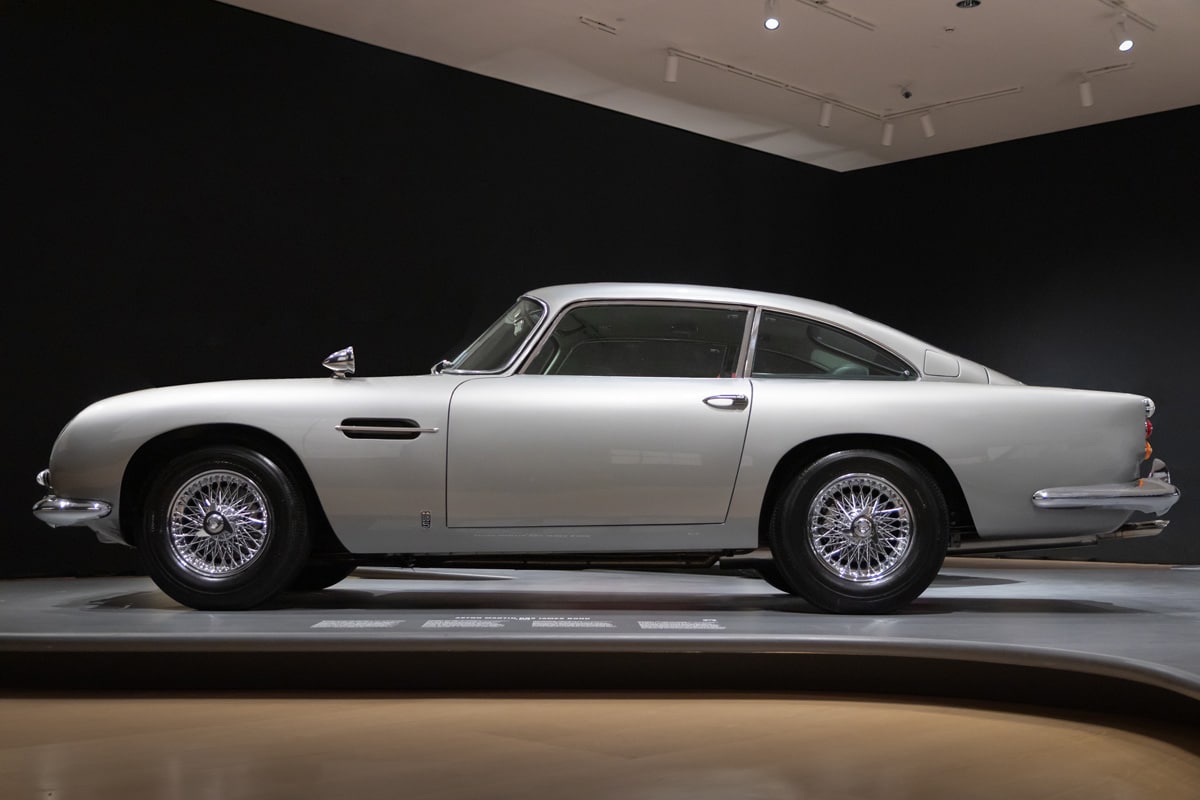
- Special Effects and Technology: Sometimes, it’s not all real. Remember the gadgets in James Bond’s cars? Or the ‘Back to the Future’ DeLorean’s time-traveling effects? These additions are a mix of practical effects and movie magic, blurring the lines between reality and fantasy.
- Safety First: Safety is paramount. Many cars are fitted with roll cages, reinforced frames, and other modifications to protect the stunt drivers. These features are cleverly hidden to maintain the car’s aesthetic while ensuring the driver’s safety during high-risk scenes.
- Replicas and Doubles: Often, multiple versions of the same car are used. For example, in ‘Bullitt,’ several Mustangs were used, each modified for different aspects of the famous chase scene. Using replicas and stunt doubles allows filmmakers to preserve the iconic vehicles while still achieving the desired action sequences.
This meticulous process of crafting movie cars is a testament to the dedication of filmmakers in bringing authenticity and excitement to the car scenes we love.
Classic Cars’ Explosive Farewells in Cinema
Ever watched a jaw-dropping car explosion in a movie and thought, ‘Did they really just blow up that beauty?’ The truth behind these fiery finales is as fascinating as the stunts themselves.
Movie Magic and Car Destruction:
In most action movies, real expensive cars aren’t actually destroyed. Filmmakers use clever tricks to create the illusion of destruction. For instance, they might use shells of classic or high-end models placed over cheaper cars. These shells convincingly replicate the appearance of expensive cars.
The Art of Swapping and Stripping:
During intense chase scenes, the actual high-value car might be switched out with a similar, less valuable model at the crucial moment of destruction. Sometimes, cars are stripped of their expensive components and fitted with cheaper ones to minimize the cost while maintaining the vehicle’s external identity.
Digital Destruction:
In many cases, the actual destruction you see on screen is digital animation, skillfully crafted to look like the real thing. This method is often used for large-scale destruction scenes involving multiple cars.
Sourcing Damaged Cars:
Filmmakers also source cars that have received water damage or other types of wear from auctions or junkyards.
These cars cost significantly less than their pristine counterparts but look great on the outside.
Big-Budget Exceptions:
In some big-budget films like ‘The Fast and the Furious’ or James Bond series, filmmakers do actually wreck real, high-end cars. But such instances are rare and usually reserved for films with substantial budgets.
The explosive ends of classic cars in movies are a blend of practical effects, digital wizardry, and clever cinematography, ensuring that the audience gets an adrenaline rush without the heartache of seeing a real classic car meet its demise.
Sometimes you can even find deals on cars that have either been in movies or look like they have been in the movies on sites like Bring a Trailer.
| Movie Title | Year | Notable Cars | Estimated Overall Budget |
|---|---|---|---|
| The Fast and the Furious | 2001 | Multiple including Mitsubishi Eclipse, Toyota Supra | $38 million |
| Gone in 60 Seconds | 2000 | 1967 Shelby GT500 ‘Eleanor’ | $90 million |
| Bullitt | 1968 | 1968 Ford Mustang GT390, Dodge Charger | $5.5 million |
| Mad Max: Fury Road | 2015 | The War Rig, Interceptor | $150 million |
| Death Proof | 2007 | 1970 Chevy Nova, Dodge Charger | $30 million |
| Ronin | 1998 | Audi S8, BMW M5 | $55 million |
| Transformers | 2007 | Chevrolet Camaro, Peterbilt Truck | $150 million |
| The Italian Job | 2003 | Mini Cooper | $60 million |
| Spectre | 2015 | Aston Martin DB10, Jaguar C-X75 | $245 million |
| Ford v Ferrari | 2019 | Ford GT40, Ferrari 330 P3 | $97.6 million |
Note: The budgets listed are the overall production budgets of the films, not just the budgets allocated for the cars.
The Emotional Ride: Classic Cars and Their Impact on Storytelling
The presence of a classic car in a film is never just about mobility; it’s about adding a layer of emotion and depth to the narrative. These vehicles are not just inanimate objects; they carry with them a sense of nostalgia, a touch of style, and often, a character’s personal story.
- Nostalgia and Sentimentality: Cars like the ’32 Ford Coupe in ‘American Graffiti’ are more than just vehicles; they are time capsules, evoking a sense of nostalgia and a longing for a bygone era. They often symbolize the youth, freedom, and rebellion of the times they represent.
- Symbolism and Character Development: The cars chosen for characters in films often reflect their personalities. For example, the ruggedness and resilience of the Ford Bronco in certain movies might symbolize the toughness and durability of the character driving it.
- Memorable Scenes and Lasting Impact: Some of the most iconic scenes in cinema history involve classic cars. Think of the high-speed chase in ‘Bullitt’ or the Mini Cooper escape in ‘The Italian Job.’ These scenes are etched in the viewers’ memories, partly because of the charisma of the cars involved.
Classic cars in movies do more than just drive characters from point A to point B. They carry stories, embody eras, and often become as iconic as the films themselves.
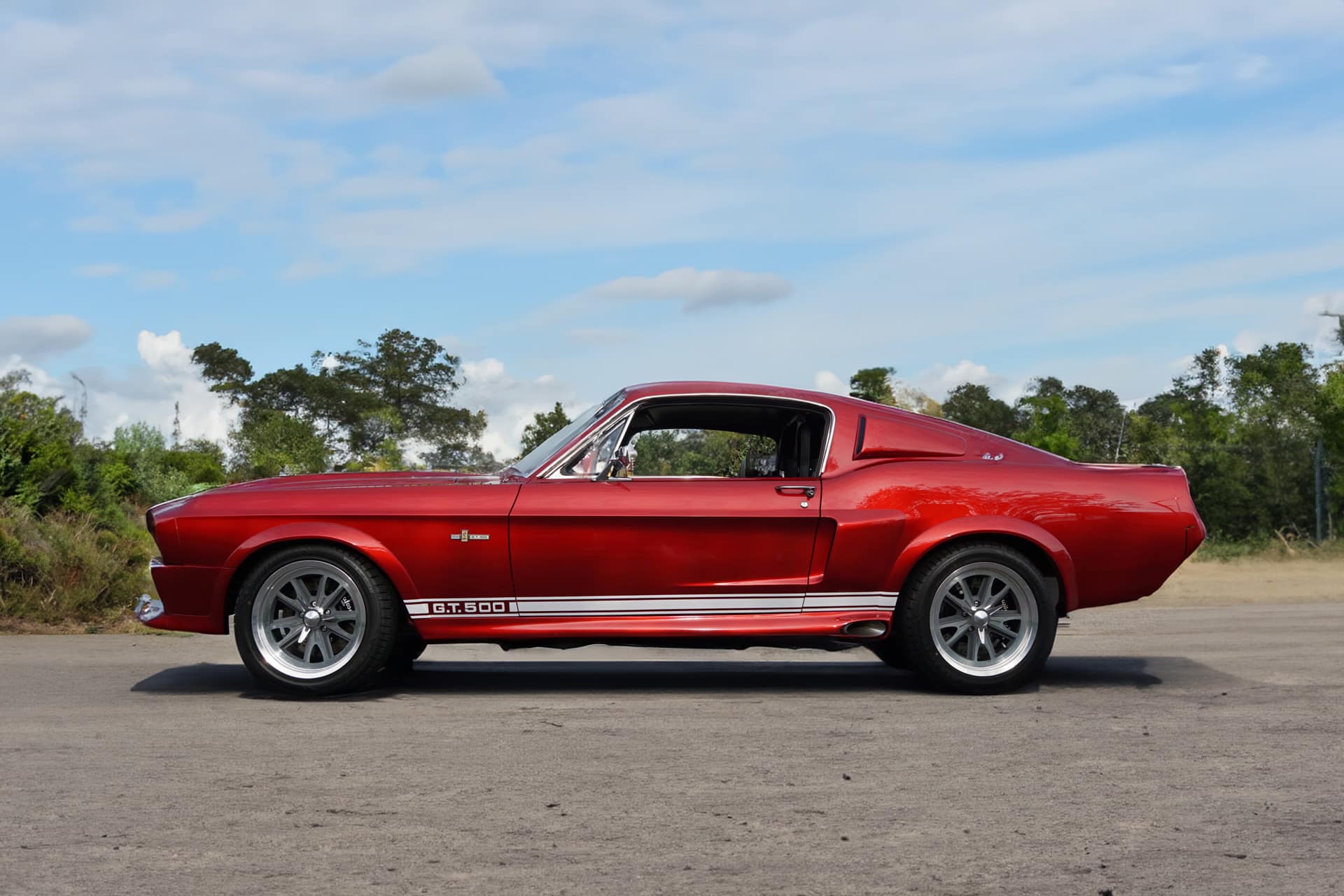
The Emotional Impact of Classic Cars in Cinema
Beyond the roaring engines and sleek designs, classic cars in movies tap into something deeper – our emotions and memories. These cars are not just about the thrill of the chase; they’re about the stories they tell and the feelings they evoke.
- Nostalgia on Wheels: For many, classic cars in films are a gateway to nostalgia, evoking memories of the golden days of cinema or personal moments linked to these iconic models.
- Symbolism and Storytelling: Cars in movies often symbolize more than their horsepower or make. They can represent freedom, rebellion, or a character’s journey. The DeLorean in ‘Back to the Future’ is not just a car; it’s a time-traveling icon that symbolizes adventure and the unknown.
- Cultural Significance: These cars often become entrenched in popular culture, influencing car trends and becoming symbols of certain eras or movie genres.
- The Emotional Rollercoaster: From the excitement of a well-executed car chase to the sadness of a classic car’s destruction, these vehicles take us on an emotional rollercoaster, making the movie experience more immersive and memorable.
Classic cars in movies are much more than props. They are pivotal elements that add depth to the narrative and connect with us, the audience, on an emotional level.
As our cinematic journey with classic cars comes to a close, it’s clear that these vehicles are more than just pieces of metal and rubber; they are the heart and soul of many films. They bring stories to life, evoke emotions, and leave an indelible mark on our culture. From the thunderous roar of a Mustang in a high-speed chase to the poignant goodbye of a beloved classic, these cars are as much a part of film history as the stars who drive them. So, the next time you settle in for a movie night, keep an eye out for these four-wheeled stars. They’re not just in the film; they’re a part of its very essence.”
Have a classic car scene that’s close to your heart or a dream car you’d love to see in a movie? Share your thoughts with us at Get Vintage Vehicles and leave a comment!

